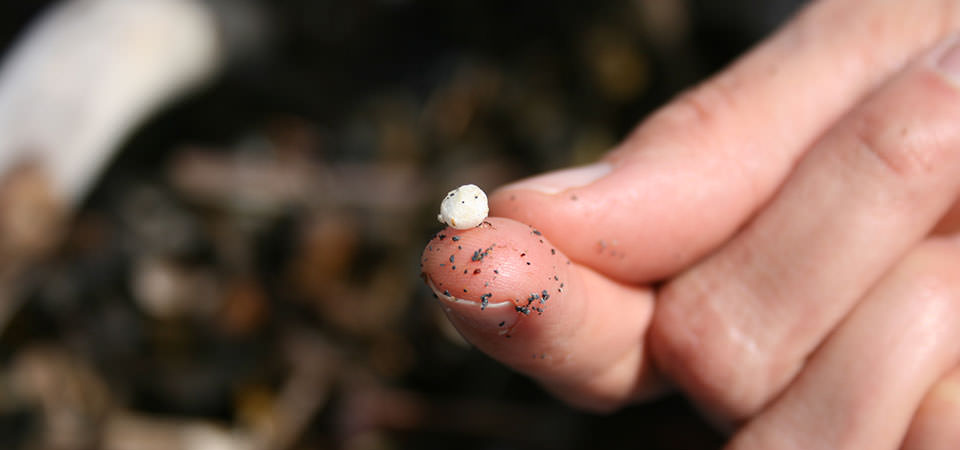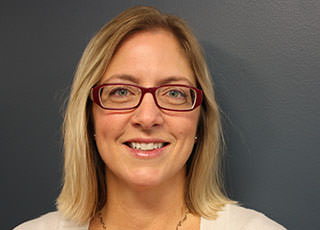Archive: Microplastics Reddit "Ask Us Anything"
In January 2017, NOAA scientists explored the science of microplastics in our ocean.

Ask Us Anything!
The majority of marine debris found around the world is made of plastic and can range from microbeads smaller than a sesame seed up to an 11-ton mass of abandoned fishing nets. Over time these plastics break down into what is called microplastics (smaller than five millimeters in size). There are lots of concerns about the impacts of microplastics such as how do they interact chemically with the marine environment? Are marine species ingesting them? And are chemicals from the plastics moving up the food chain? This is your chance to chat with two NOAA Marine Debris Program scientists on microplastics and what we can, and are, doing to help during the January 12, 2017 Reddit 'Ask Us Anything'.
Reddit "Ask Us Anything" Details (Archive)
- Who: NOAA scientists Amy Uhrin and Carlie Herring
- What: Reddit Science "Ask Us Anything." NOAA scientists Amy Uhrin and Carlie Herring are available to explore the science of microplastics in the ocean...ask them anything!
- When: 12 January, 2017, at 1:00 p.m. EDT
- Where: On Reddit! Click here to go to the Microplastics "Ask Us Anything" page.
Meet the Scientists

Amy V. Uhrin is the Chief Scientist of the NOAA Marine Debris Program. Previously, Amy spent 15 years as a Research Ecologist at NOAA's Center for Coastal Fisheries and Habitat Research conducting applied research focusing largely on seagrass restoration and ecology as well as derelict fishing gear issues. As Chief Scientist, Amy is responsible for developing and implementing the Program’s Strategic Research Plan, overseeing the Program’s research portfolio, leading internal research projects as well as overseeing external research projects funded by the Program. Amy holds a BS in Biology from St. Bonaventure University and a MS in Marine Science—Biological Oceanography from the University of Puerto Rico-Mayagüez. She is currently pursuing her PhD (Zoology) at the University of Wisconsin-Madison.

Carlie Herring is the Research Analyst (Coordinator) for the NOAA Marine Debris Program. She received her MS in Environmental Sciences, Marine and Estuarine Science Program, at Western Washington University with a thesis in ecological risk assessments. Prior to her master’s studies, she completed a BS in Marine Sciences at the University of Maine, Orono. She conducted marine debris research, dealing specifically with plastics in the ocean, and has experience as a marine science educator. As the Research Coordinator, Carlie is responsible for overseeing research projects funded by the Program, involved in the Program's Marine Debris Monitoring and Assessment Project, and staying up-to- date on new marine debris research and literature.
More Information
Get Social
Did you know?
Microplastics can come from a variety of sources including larger plastic pieces that have broken apart, resin pellets used for plastic manufacturing, or in the form of microbeads, which are small, manufactured plastic beads used in health and beauty products.
